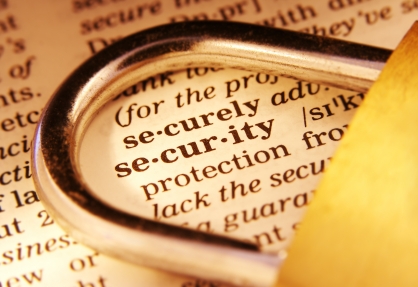Risk is to Trust as Vaccine is to Immunity
Should you take the risk of mentioning price early on in a sales call? Should you be candid about your less-than-perfect qualifications for a job? When you notice the client looking a little distracted, should you take the risk of commenting on it?
In such situations I often hear, “That’s too risky, you can’t do that – you don’t have a trust relationship yet.” Or, “Well, sure you could do that, but only when you have a long history of trust.”
That is a big misconception.
The truth is, you can’t get trust without taking risks. In fact, it is the taking of risks itself that creates trust.
The Case of the Flu Vaccination
Let’s say there’s a flu bug going around. You’re advised to get a vaccination. But it takes time out of your day, you fear getting a very small flu-like reaction to the vaccination, and you really don’t like needles. So you procrastinate, and never do get around to taking the vaccination.
Meantime, your best friend takes the vaccine the day it comes out.
Five weeks later, you get the flu. Your friend doesn’t. You feel miserable; you wish you’d taken the vaccine. In retrospect, the small pain of the needle, the minor inconvenience to your schedule, and the small risk of a mild reaction were nothing – nothing, I tell you – compared to the agony of the flu.
You should have taken the small pain – the vaccination – to prevent the larger pain – the flu. And so it is with trust.
Risk, Trust, and Sins of Omission
Risk and trust work the same way. A small risk taken early prevents much greater risk down the road. Trust only grows when one party takes a risk, and the other party responds in a trust-based way.
- You take the risk of answering a direct question about price, even though you haven’t established your value proposition yet. As a result, your client may or may not like your price, but they’ll see you to be responsive and transparent; they’ll trust you a bit more.
- You take the risk of being very open about a relative weakness in your qualifications for a job. As a result, your client may or may not give you the job, but they’ll note your directness and trust you a bit more.
- You note your client is distracted, and take the risk of commenting on it. Your client may or may not be startled, but they’ll appreciate your willingness to behave in a personal manner.
A vaccination mitigates larger disease. A small up-front risk mitigates larger business risk down the line.
We might call failure to take these risks “trust sins of omission.” They are failures to take a risk; the result is a guaranteed absence of trust. The small risk may or may not go your way, but if you avoid taking that risk, then it’s guaranteed that you’ll not get the trust (unless your client initiates it, in which case you’re depending on someone else to make your luck).
Risk and Trust
Do you find yourself constantly backing off from taking those early, small risks? The common excuses I hear are reputed professionalism, concern for propriety, and a fear that the client will be embarrassed.
And so you do nothing. And so trust takes forever. Or a competitor comes in and creates trust by taking a small risk, and your relationship just fades away.
Don’t omit the risk. Take it. Get the vaccination. Make your own luck. Make your own trust.

 As of October 23, 2011, I have been declared by the U.S. Customs and Border Protection to be a “
As of October 23, 2011, I have been declared by the U.S. Customs and Border Protection to be a “ (Please welcome guest blogger John Verry today).
(Please welcome guest blogger John Verry today).